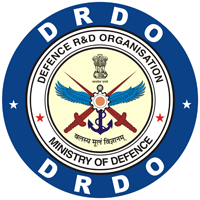Development of E Waste based Composite Microwave Absorbing Material
DOI:
https://doi.org/10.14429/dsj.71.16700Keywords:
Dielectric characterisation, E-waste, Microwave absorbing materials, Reflection loss, WidebandAbstract
Microwave absorbing materials (MAMs) are widely researched due to their use in many practical applications including both civil and defense sectors. Irrespective of the humongous efforts of various researchers, the development of a wide bandwidth, thin coating thickness, and low-cost microwave absorber is still a challenging task. The existing materials have not been able to meet all the specifications together at once and require a trade-off in the performance parameters. In this paper, we have empirically corroborated a cost-effective technique using E-waste material for synthesising composite MAM. It is herein shown that the addition of different wt% of copper, graphite, and titanium dioxide in the E-waste successfully resulted in enhanced absorption due to altered electrical properties of the E-waste suitable for microwave absorption. The multilayering technique with the help of a genetic algorithm has also been used to broaden the bandwidth. As a result, a three-layer MAM with the total coating thickness of 3.2 mm has been synthesised showing the wideband absorption bandwidth of 8.47 GHz in the frequency range from 6.92 to 15.39 GHz. The results suggested that microwave absorption of E-waste can be drastically improved by appropriately tailoring electrical parameters such as permittivity and permeability.
Downloads
Published
How to Cite
Issue
Section
License
 Where otherwise noted, the Articles on this site are licensed under Creative Commons License: CC Attribution-Noncommercial-No Derivative Works 2.5 India
Where otherwise noted, the Articles on this site are licensed under Creative Commons License: CC Attribution-Noncommercial-No Derivative Works 2.5 India

